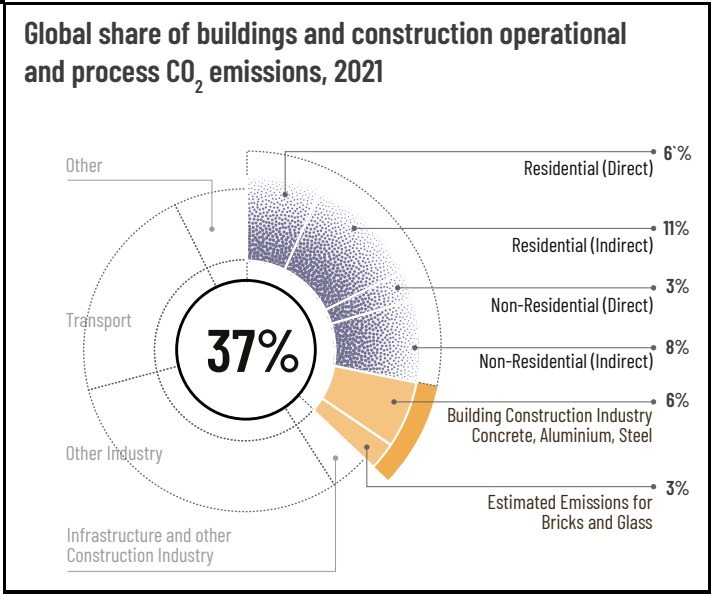900 319 0030
enquiry@shankarias.in
The new UNEP report “Building Materials and The Climate: Constructing a New Future” outlines how developing, developed countries can reduce emissions from constructions.
The buildings and construction sector is by far the largest emitter of greenhouse gases, accounting for a staggering 37% of global emissions.
|
Categories of emission |
|

References